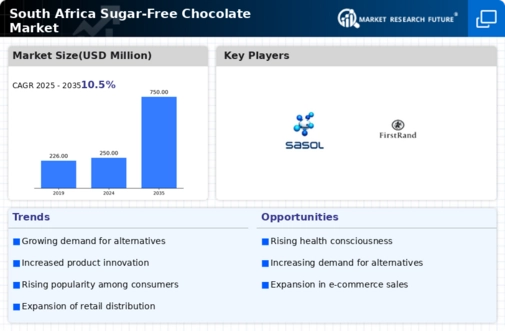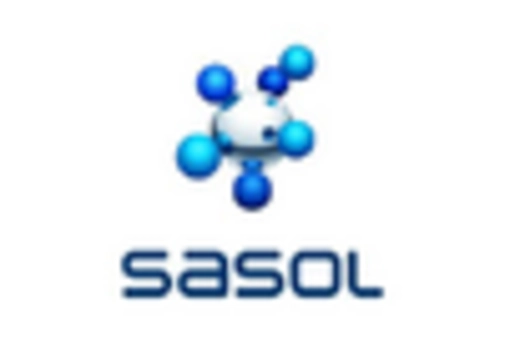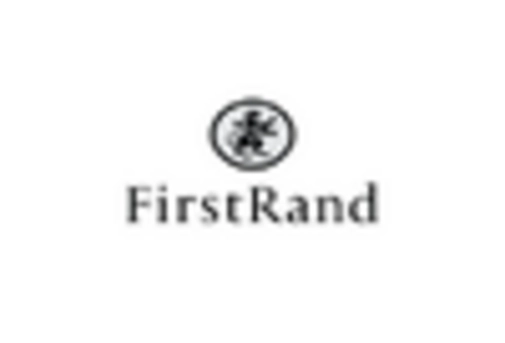The South Africa Sugar-Free Chocolate Market has been experiencing significant growth as health-conscious consumers increasingly seek alternatives to traditional sugary treats. As the demand for sugar-free options rises, a variety of manufacturers have entered the market, each striving to capture consumer attention through innovative products, sustainable practices, and targeted marketing strategies. This competitive landscape is characterized by established brands as well as emerging players who leverage dietary trends, health benefits, and lifestyle preferences to gain a competitive edge. Key factors driving competition include product quality, taste, packaging, distribution effectiveness, and brand reputation.
The dynamic nature of consumer preferences has pushed companies to invest heavily in research and development, leading to a wider array of offerings to cater to diverse tastes and dietary requirements.
Ghirardelli Chocolate Company has positioned itself as a prominent player in the South Africa Sugar-Free Chocolate Market, leveraging its reputation for premium quality and rich flavor. Ghirardelli’s focus on delivering an exceptional taste experience makes it a preferred choice among consumers looking for indulgent yet sugar-free options. The company’s strengths lie in its strong brand equity, innovative product formulations that cater to the growing demand for healthier sweet treats, and effective marketing strategies that resonate with health-focused consumers.
Ghirardelli pays special attention to sourcing high-quality ingredients, ensuring that even their sugar-free range maintains the brand's signature richness, further solidifying its presence in the competitive South African market.
Cloetta has also carved out a substantial presence in the South Africa Sugar-Free Chocolate Market, gaining traction through its commitment to quality and consumer satisfaction. Known for its diverse product lineup, Cloetta offers a range of sugar-free chocolates that cater to various dietary preferences. The company’s strengths include a strong focus on research and development, which has led to the creation of unique flavor profiles and texture enhancements that distinguish its offerings from competitors. Cloetta has engaged in strategic mergers and acquisitions to broaden its product portfolio and leverage synergies that enhance its market presence.
Its robust distribution network ensures that products are widely available to consumers, while its emphasis on sustainability and ethical sourcing resonates well with the environmentally conscious segment of the South African market. Cloetta’s continuous innovation in sugar-free formulations and its commitment to meeting consumer demands further strengthen its competitive position in the market.













Leave a Comment